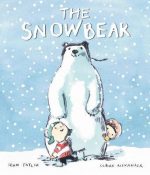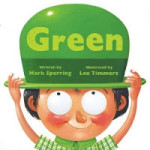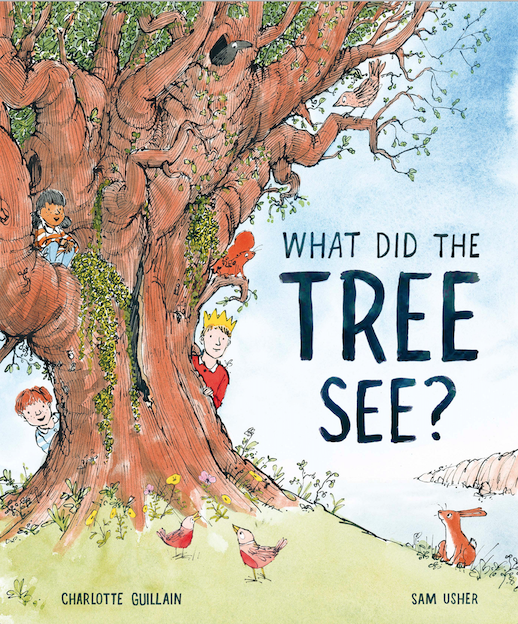
Charlotte Guillain (text) & Sam Usher (artwork)
(Wellbeck Publishing)
Charlotte Guillain’s gentle rhymes and Sam Usher’s signature stunning watercolours come together beautifully in this tale about an oak who bears witness to the changes of the area around it and the impact of population and progress has on the local flora and fauna. Touching on historical periods such as the Middle Ages to the Industrial Revolution, and vividly depicting the gradual deforestation across the centuries, the book nevertheless ends on a note of hope, brought by the next step of the life cycle of an oak: a new acorn, a hope for new life. The viewpoint remains the same throughout the book which is particularly affective and each full-bleed double-spread partly taken up by skies, which Sam Usher is so particularly accomplished at painting.
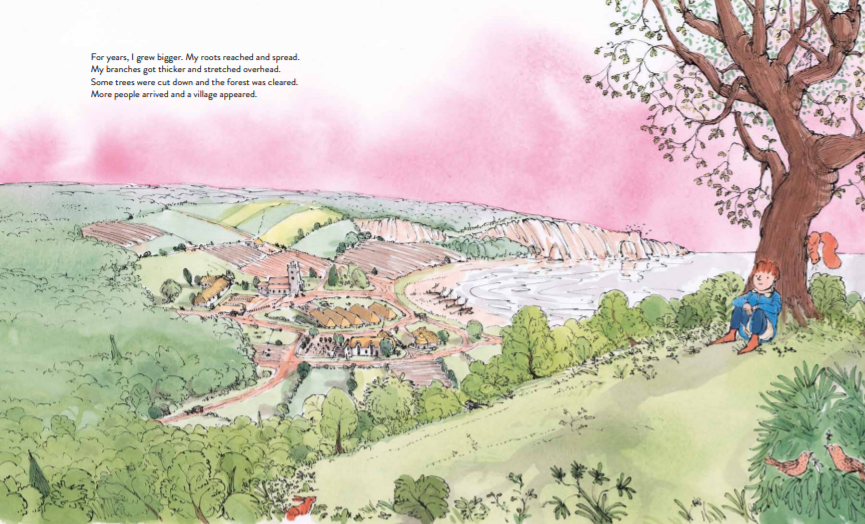
Throughout the book, children are present and often playing around the oak, allowing young readers to see what children might have looked like and played with throughout the centuries.
What Did the Tree See? is a brilliant book for schools as it covers so many different subjects (you can find teaching resources for it here) but it is a great book to read and talk about at home too.
It is a timely reminder also that we, as individuals, are only here fleetingly, but Nature is here to stay, and we’d do well to remember that all the beauty around us is not ours to mistreat and destroy.
I am delighted to welcome Charlotte Guillain to Library Mice as part of the blog tour for What Did the Tree See?
How has the environment changed where you live?
by Charlotte Guillain
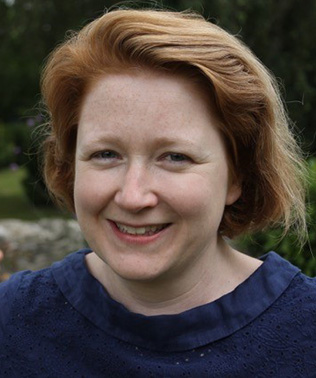
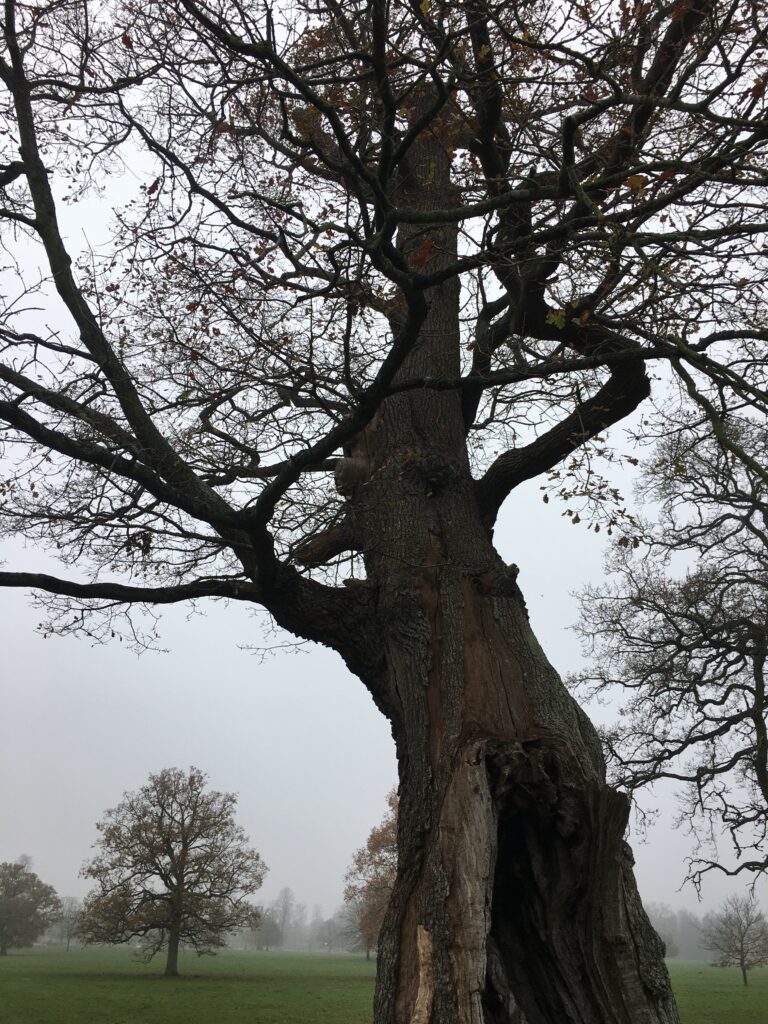
One of the reasons I found myself writing What Did the Tree See? was a love of history. I really wanted to write a non-fiction book that explored how our environment has changed over time as humans have expanded and built up cities. But I also wanted to write a book about an oak tree, as I was fascinated by how long an oak can live and thrive. I brought both these ideas together in the book.
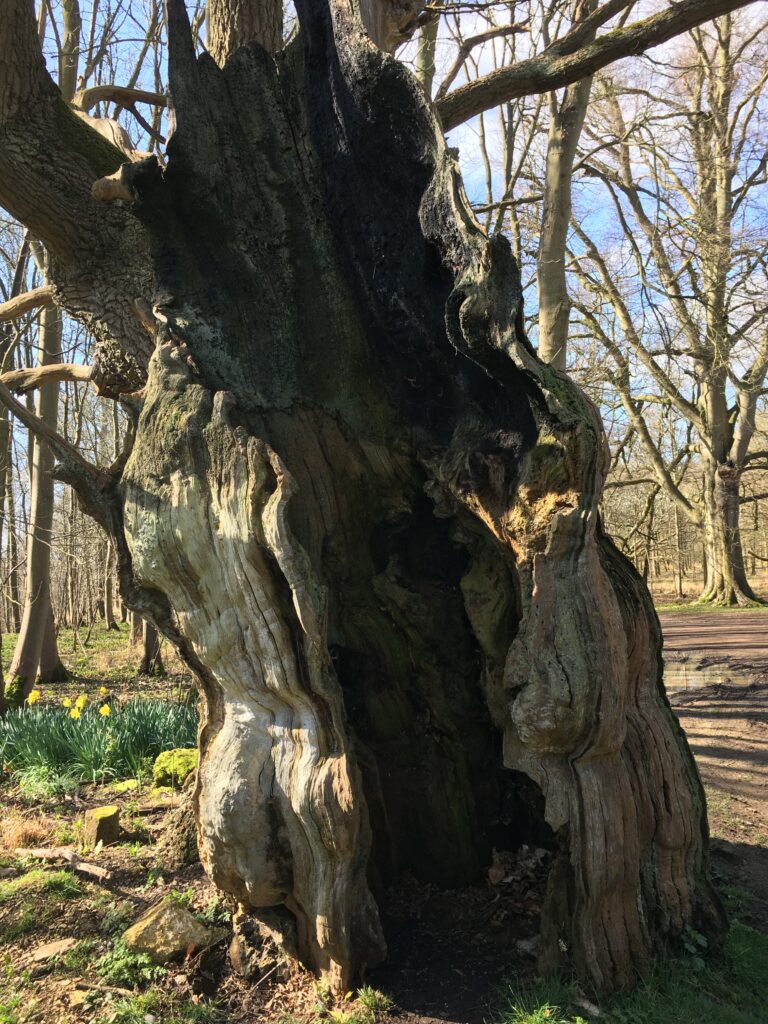
Children who read the book and enjoy poring over Sam Usher’s intricate and beautiful illustrations might be prompted to learn more about their own local history. You might start by finding an ancient tree in their area and finding out more about it. You can roughly work out a tree’s age by measuring the circumference of its trunk and then looking online to find an age guide. Or your family might have old photos of the place where the tree is growing that show how different it looked in the past.
Another way to explore local history is to visit a museum or library in your area, or in lockdown you could look on the internet to find old photos of your local city, town or village. It might be interesting to print off any old pictures of the main street where you live and take them on your daily walk to compare with how the street looks today. Have any buildings completely disappeared? Which businesses or shops have changed? Look up at the tops of old buildings to see if any clues from the past still remain, such as old signs or clocks.
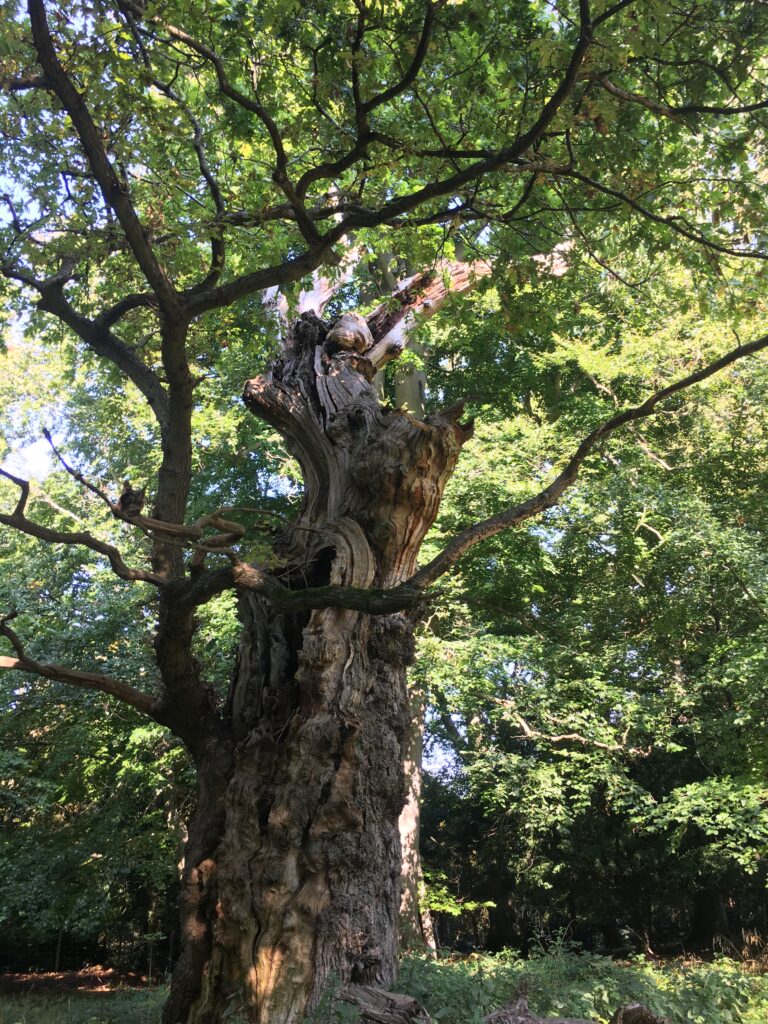
It might also be interesting to look at old maps and compare them with modern maps or Google Earth. It is striking how many roads and buildings have appeared over the years. Are there as many areas of woodland as there used to be? Can you visit any that remain for a walk among the trees?
Finally, even if you can’t talk to older relatives or neighbours in person during lockdown, it might be fun to send them a letter or email or even have a video call with them to ask them about what has changed in your local area since they were children. Who knows what you might find out!
Don’t forget to follow the rest of the blog tour:
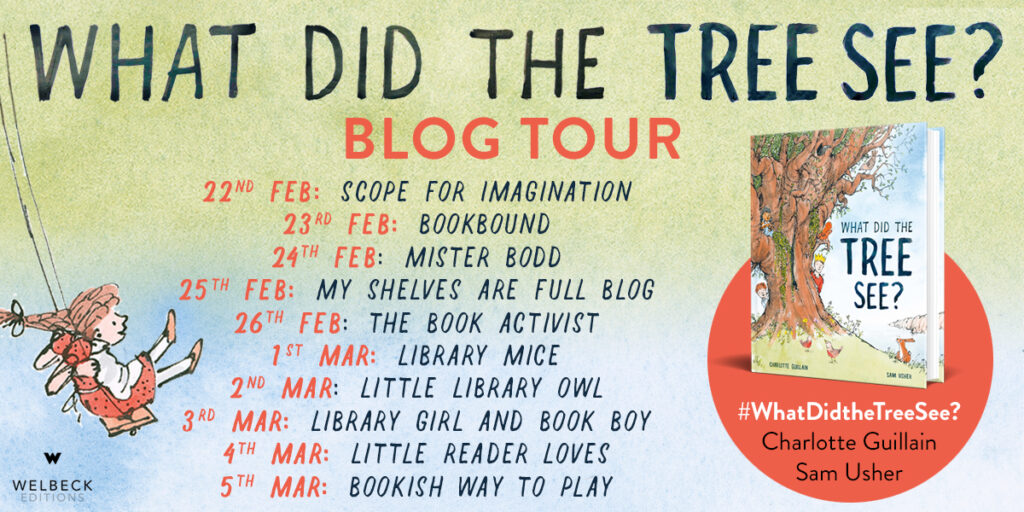
What Did the Tree See? is out now and can be purchased from your local bookshop or online from our partner bookshop Storytellers Inc.:


